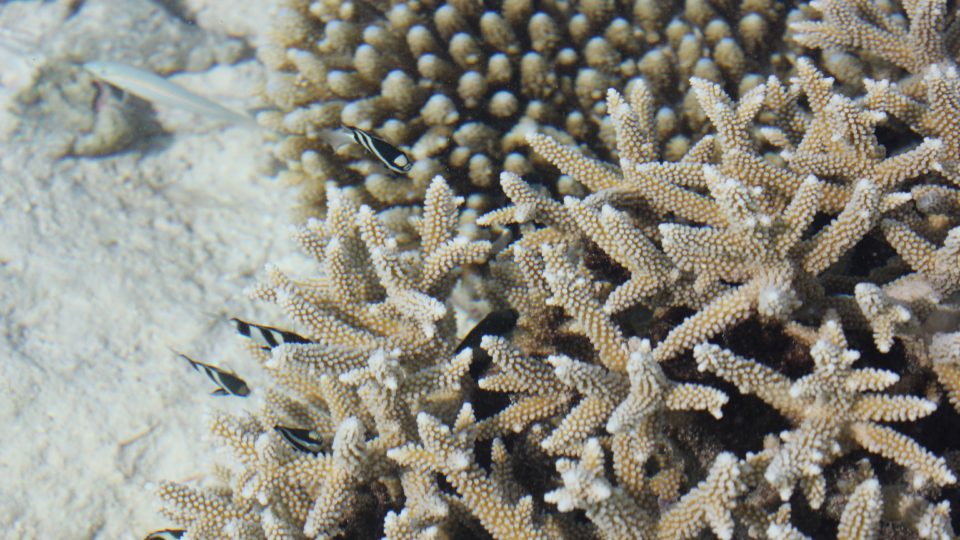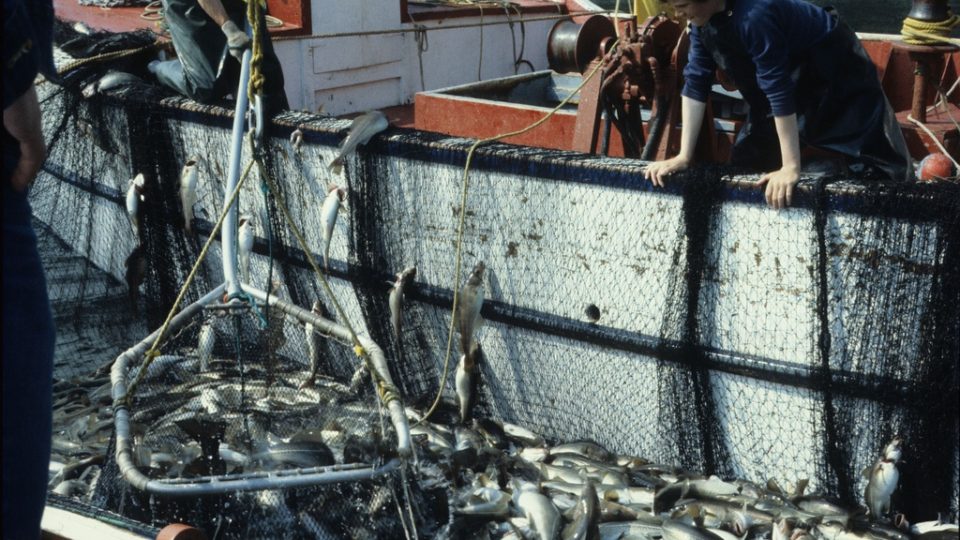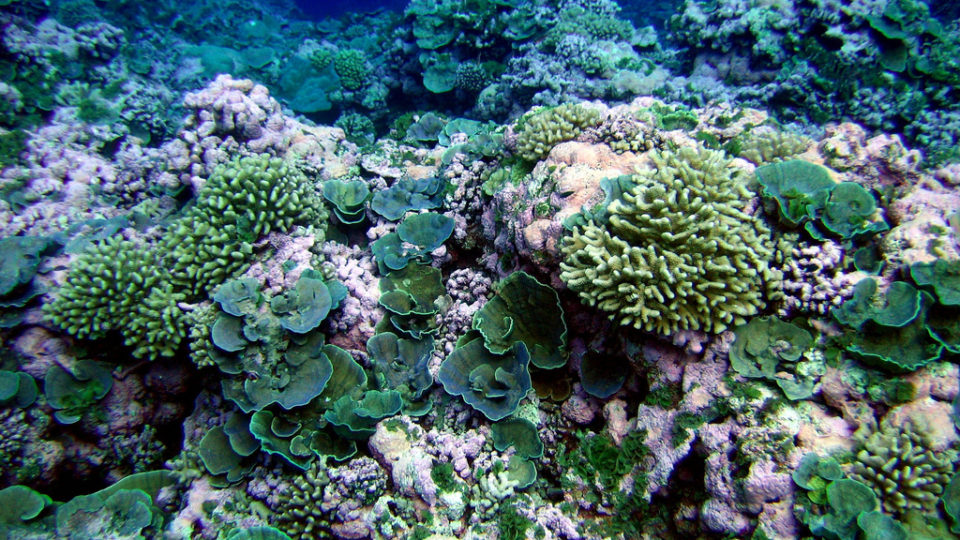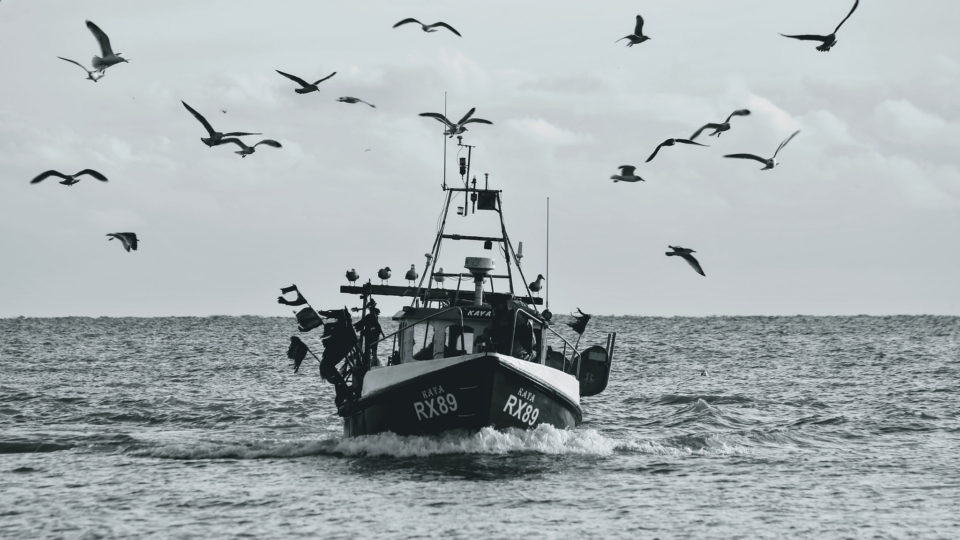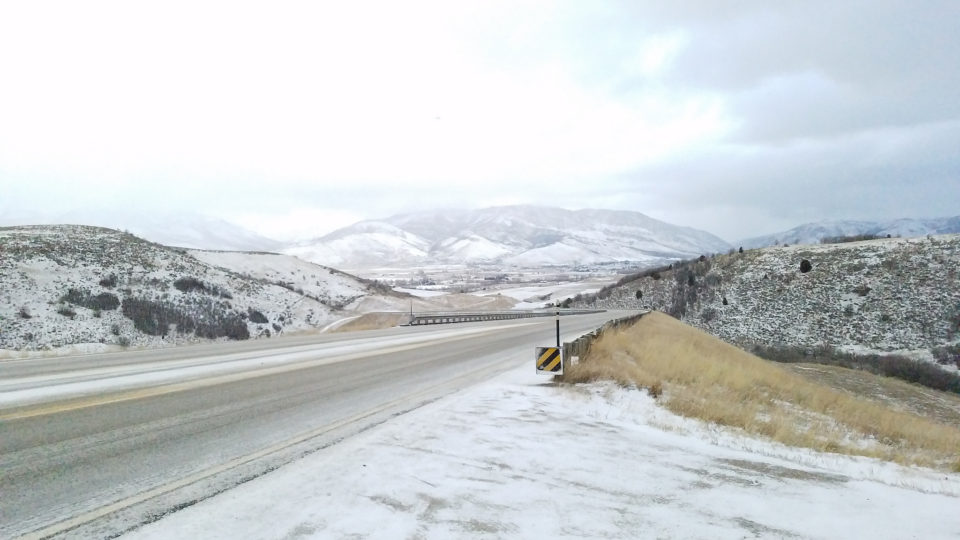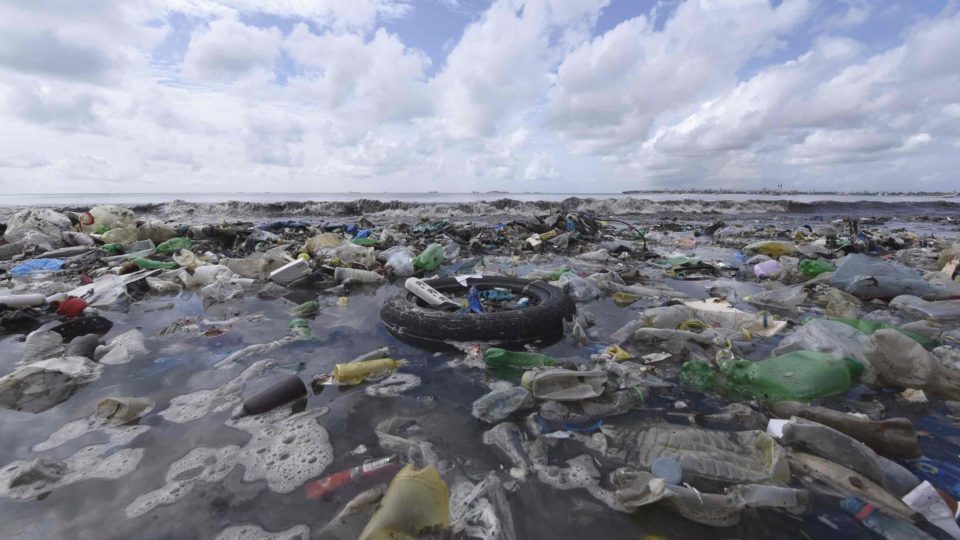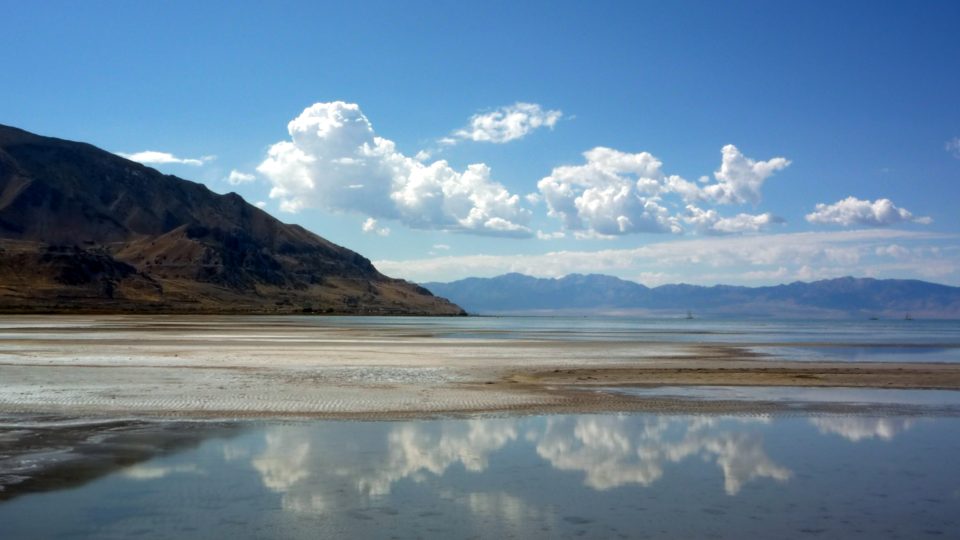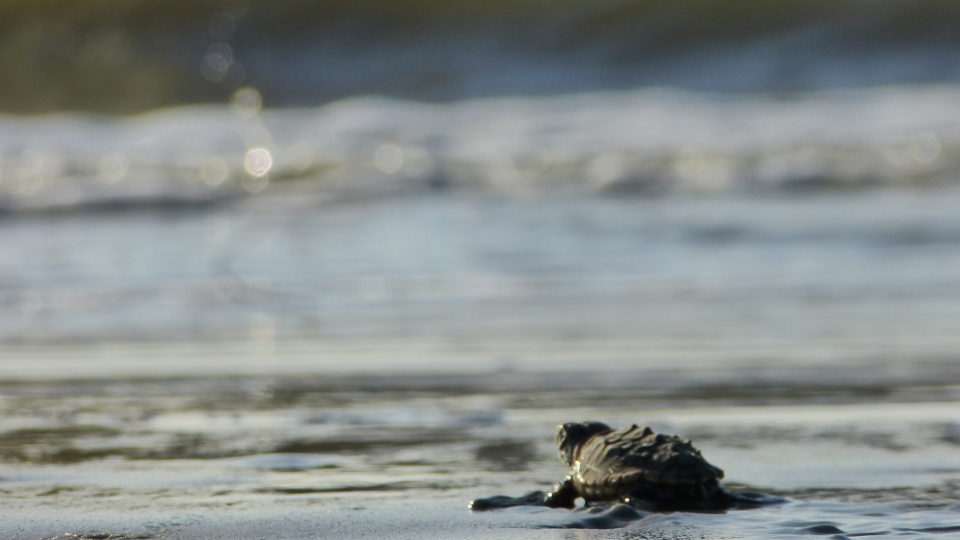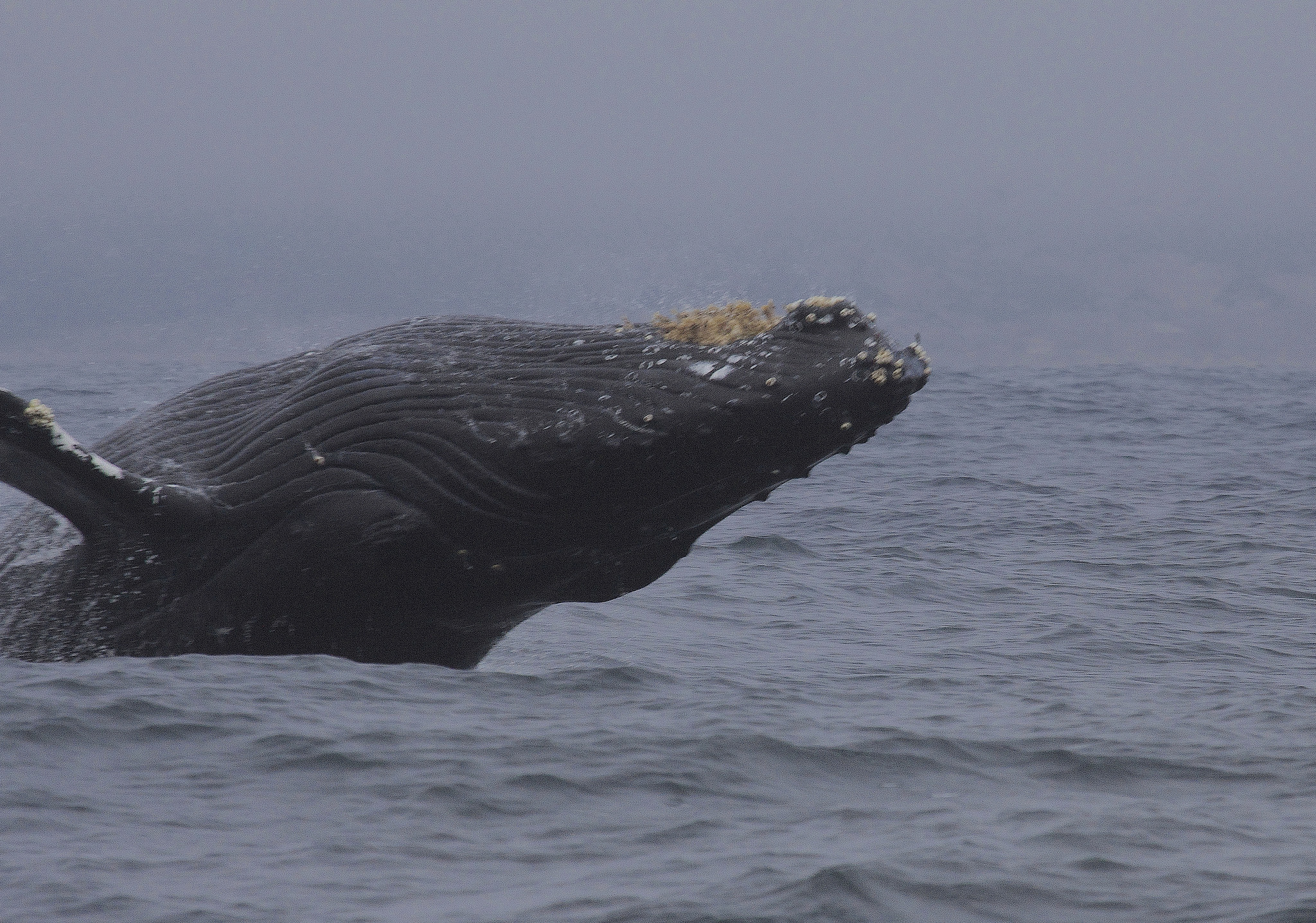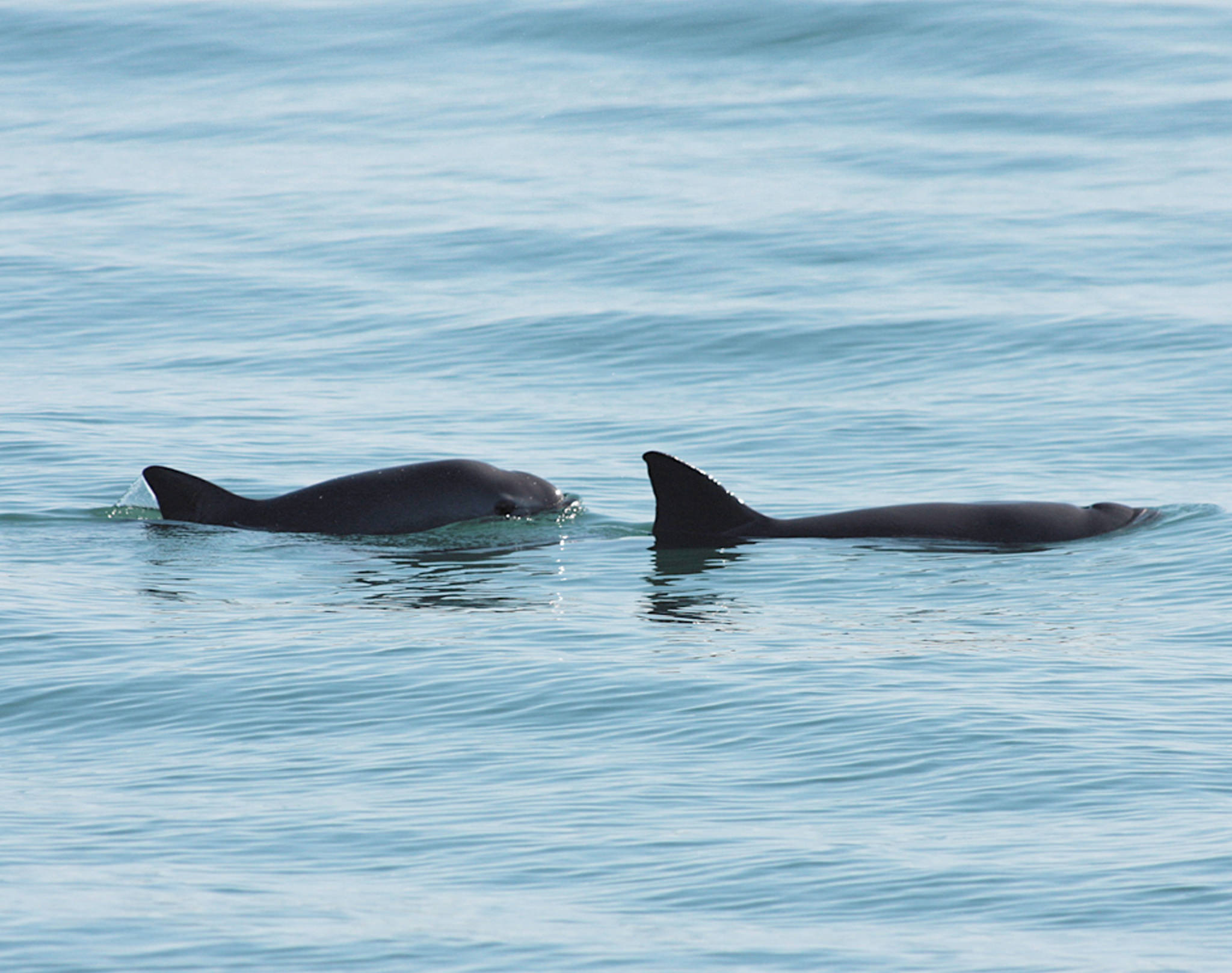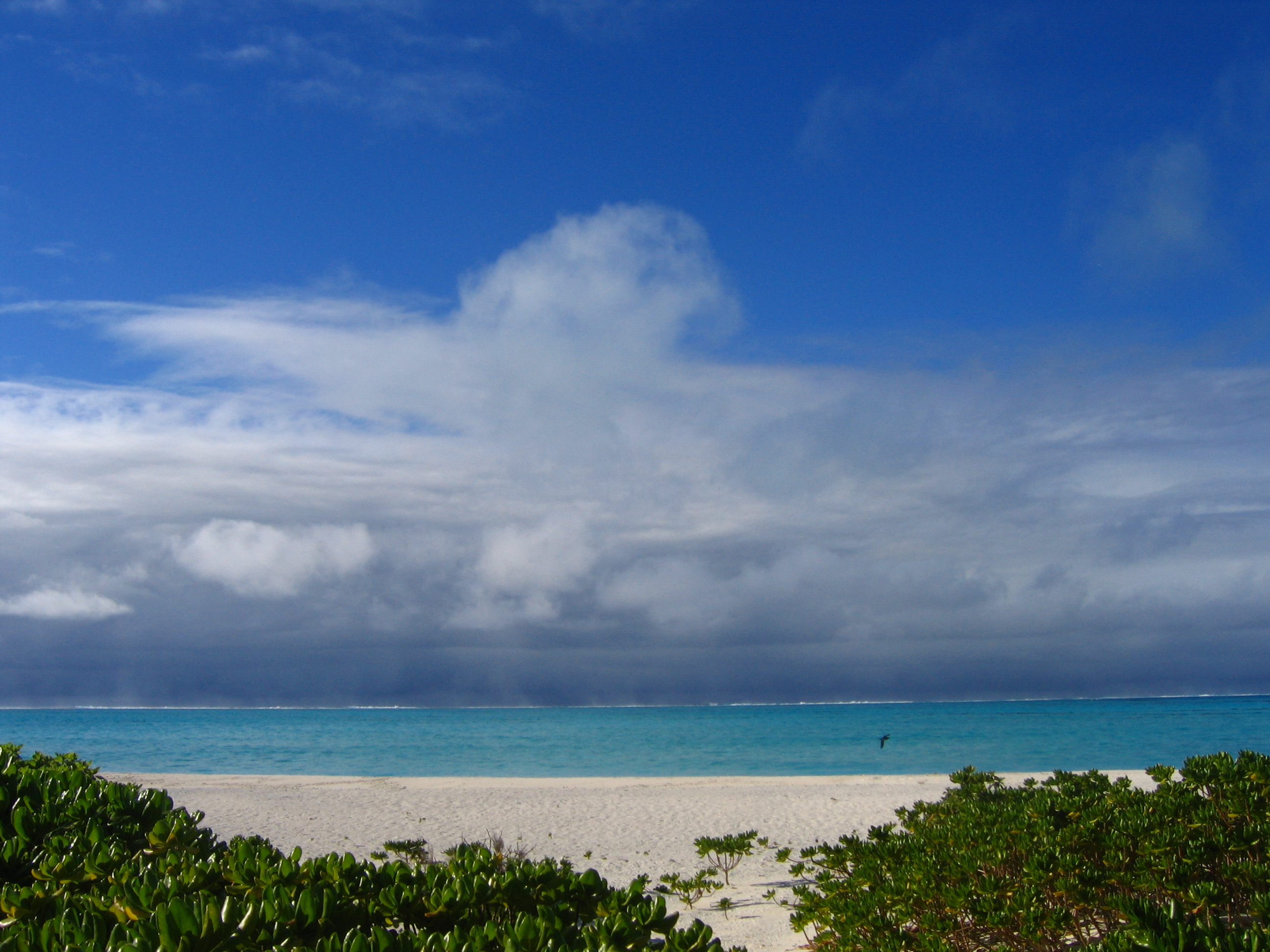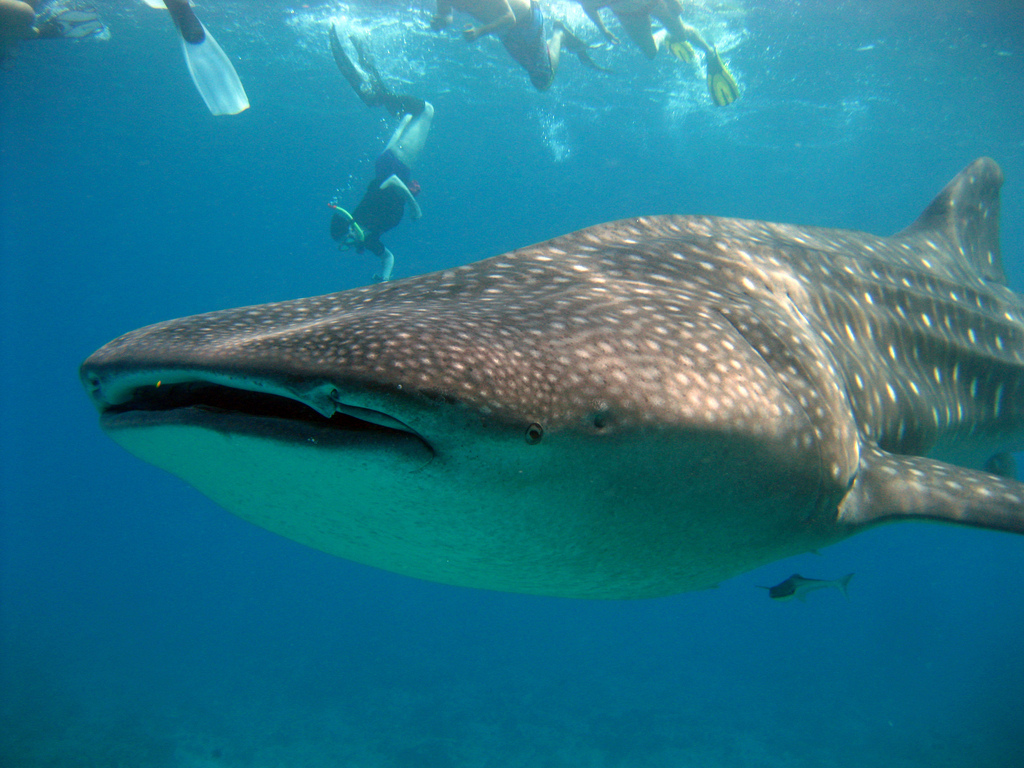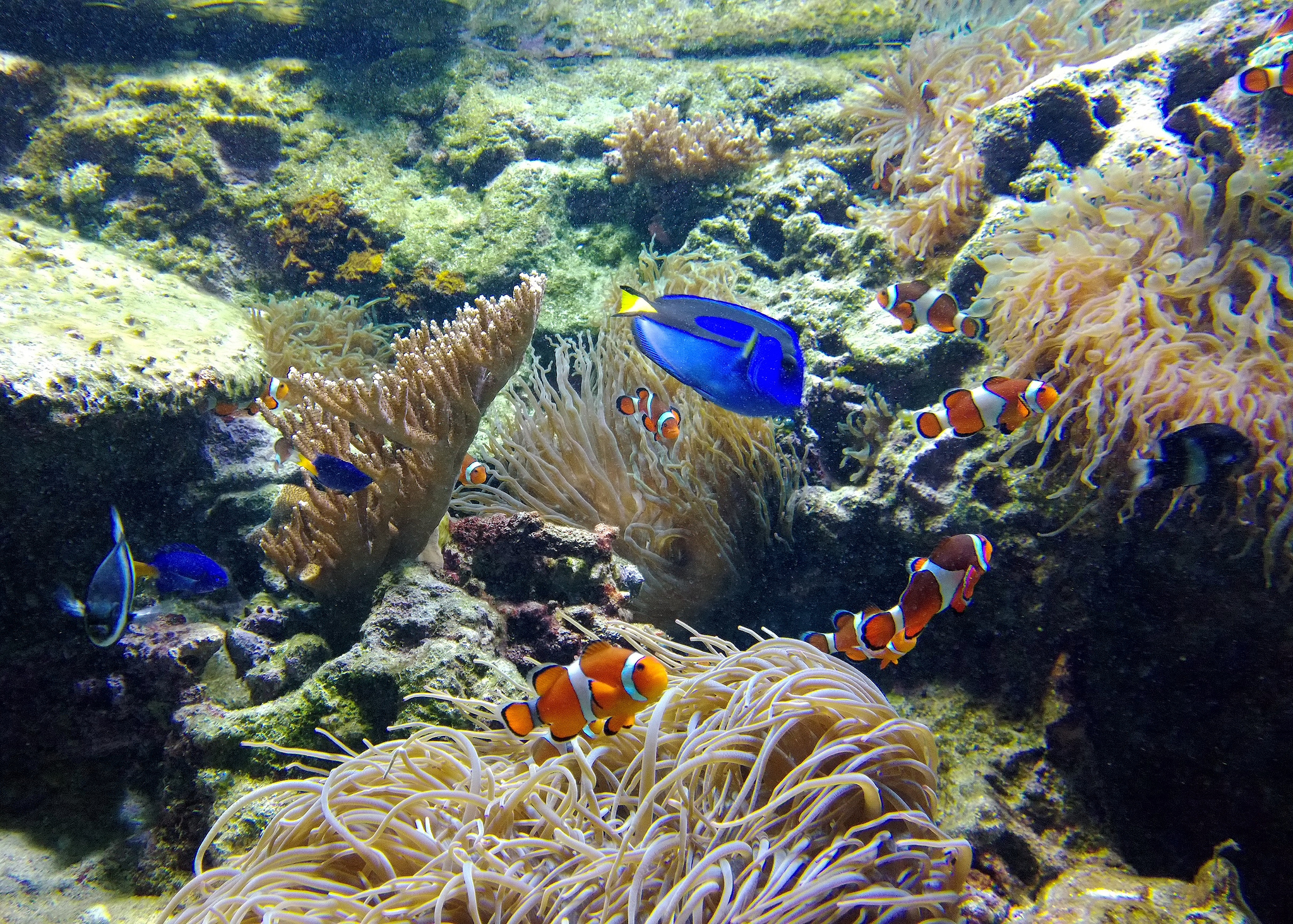As climate change warms the ocean, subtropical environments are becoming more favorable for corals than the equatorial waters where they traditionally thrived. As a result, drifting coral larvae are settling and growing in new regions.
According to new research in the journal Marine Ecology Progress Series, the number of young corals on tropical reefs has declined by 85% over the past 40 years. At the same time, the numbers on subtropical reefs has doubled.
Only certain types of coral can reach these new subtropical locations. That depends on how far the microscopic larvae can swim and drift on currents before they exhaust their limited fat stores. Thus, the reef ecosystems that develop have new blends of species that have previously never coexisted. It is not clear how long it will take for the new systems to reach equilibrium.
Coral reefs are complicated systems that depend on the interplay between species to enable their healthy functioning. Apart from the corals themselves, there are the coraline algae that symbiotically coexist with them. How all of this will play out in these evolving ecosystems is unknown.
In the meantime, the research has found that these refugee corals are settling at latitudes up to 35 degrees both north and south of the equator. It is no longer so clear what constitute native species in the reefs. It remains to be seen whether new reefs in subtropical oceans can support the incredible biodiversity seen in tropical reefs. But ultimately, these changing ecosystems could potentially bring new resources and opportunities, such as fishing and tourism, to places where they never existed before.
**********
Web Links
Coral Reefs Shifting Away from Equatorial Waters
Photo, posted March 22, 2011, courtesy of Simone Lovati via Flickr.
Earth Wise is a production of WAMC Northeast Public Radio.
